7 Tech Trends
|
September 28, 2012 You might think the ways technology is transforming the small-business workplace are so obvious they don’t need enumerating. Or you might think technology is changing so rapidly, our brains can’t keep up with the pace. After reading Dell’s Evolving Workforce report, I’m leaning toward the latter. This wide-ranging study, conducted in conjunction with Intel, polled businesses and experts around the world to examine how technology is contributing to the evolution of the modern workforce. There’s tons of data to take in, but here are seven key points Dell identified, and my take on what they might mean to your small business. 1. Crowdsourcing. More and more employers are relying on remote, distributed work forces with employees in different places all over the world. Dell foresees this trend growing, but not without some bumps in the road. Takeaway: Your full-time employees may be uneasy at seeing too much of the work getting distributed to remote employees or contractors. There will be a growing divide between the most and least valuable employees, as face time in the office becomes less important than how much you get done and how much you contribute to the bottom line. 2. New measures of productivity. With increased outsourcing and remote work, employee productivity will be measured less in terms of hours put in and more in terms of results. Work-life issues (I refuse to call it work-life balance, since that’s unattainable) will become an even greater challenge as the boundaries between work and home blur. How will you assess productivity? Takeaway: This is good and bad news for you and your team. For employees who adapt to the new way of working, it can mean greater freedom—as long as their work gets results. For you, however, it can make assessing, reviewing and rewarding employees more complex and require more attention to individual employees and what they're actually accomplishing. 3. Changes in adoption of devices. More and more tech tools are available and employees, especially younger ones, are increasingly demanding a say in what devices they’ll use. Takeaway: Being able to BYOD (bring your own device) and have access to the latest devices is a selling point for many job seekers, so if your business wants to stay competitive in terms of hiring, you’ll need to offer choice. At the same time, you need to set up security protocols and processes to protect your business from the increased security risks of the consumerization of business and the BYOD movement. 4. Intergenerational kiss and punch. It’s not news that younger “digital natives” and older workers sometimes clash. And this study predicts those generation gaps are going to widen. Because technological change happens so fast, as little as two years makes a big difference. In other words, already employees two years apart in age have different comfort levels with tech—so those who appear to be peers at first glance, in fact are not equals when it comes to using tech. Takeaway: No matter their age, each generation wants to use the technology it’s comfortable with. That means your business will face an ever-growing challenge in making sure it all works together seamlessly and securely. 5. Values versus rules. Technology is making it easier to monitor employees’ activities at work, which Dell predicts could lead to widespread distrust of employers. But the growing interest employees show in working for “values-based” companies with strong missions and cultures could balance out this distrust. Takeaway: Dell says smaller companies find it easier to share core values with their employees, and cites Zappos as an example of a small business built on values. With work-life boundaries eroding, it’s more important than ever for employees to feel that what they’re doing at work has meaning. When your business values align with your employees', they’ll trust you more. 6. Many hats of the IT manager. Employees today increasingly value happiness, autonomy and choice at work. As I just said, part of what they value is being able to choose and use the tech tools they want to work with—which means the IT manager’s role is becoming more complex. Takeaway: If IT is a core part of employee happiness, the IT manager will have to add a different skill set—that of dealing with individual employees’ needs and wants. This could be tough for many IT managers—the breed is rarely known for its people skills. But it’s essential if your business wants to keep employees happy and motivated. 7. Employee-led innovation. Employees’ desire to pick and choose their tech tools extends to software, too—they don’t want to be restricted to the software you choose. Already, Dell sees employees adapting existing software to create their own ways to work. Takeaway: Employees don’t need to be software designers to adapt their technology. For instance, many companies’ employees are using social media to communicate or collaborate internally. Employees are more invested in a tool when they’re allowed to choose what works for them. If I had to pick one word to sum up this report, it would be choice. Employees want to choose when, where and how to work and what tools they’ll use to do it. Are you willing to support them, or fight them? photo: Thinkstock |





